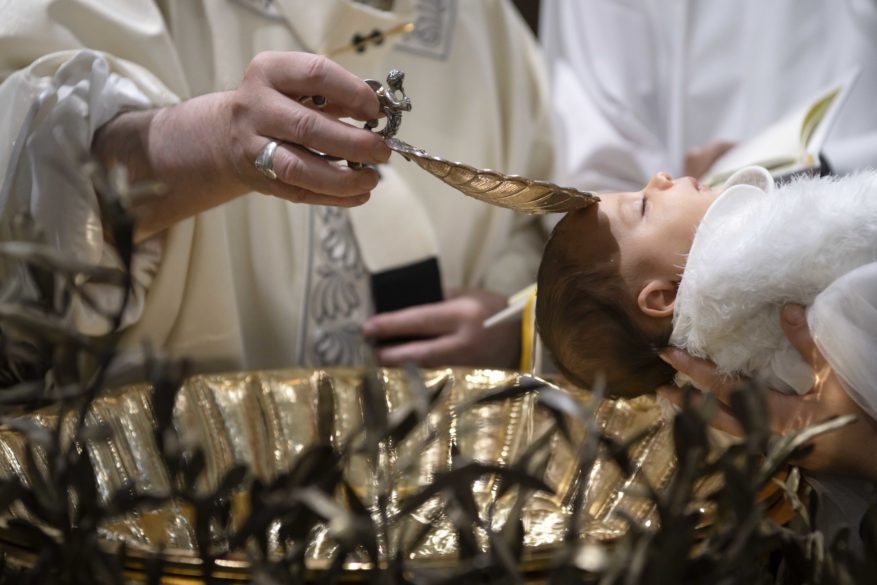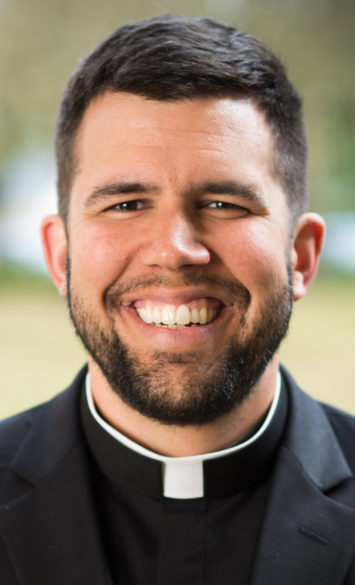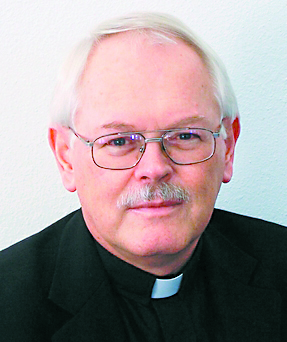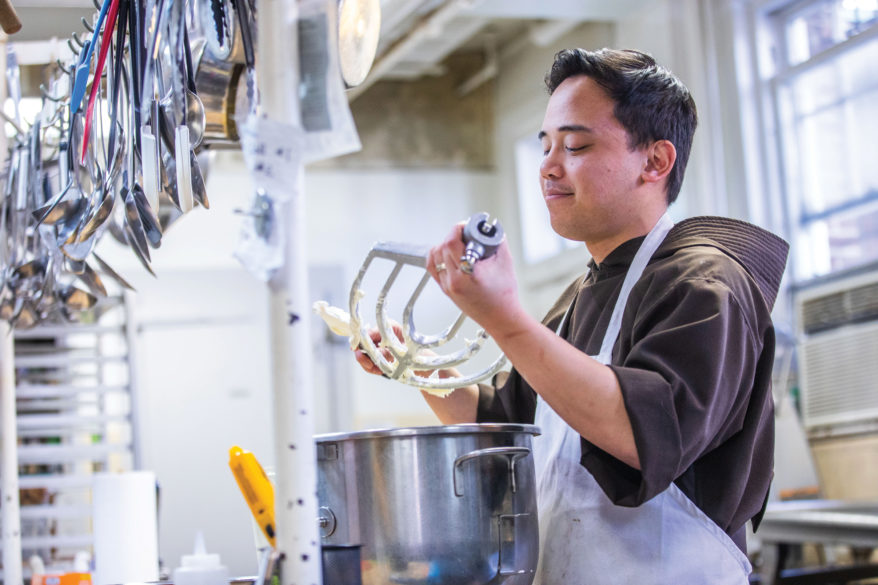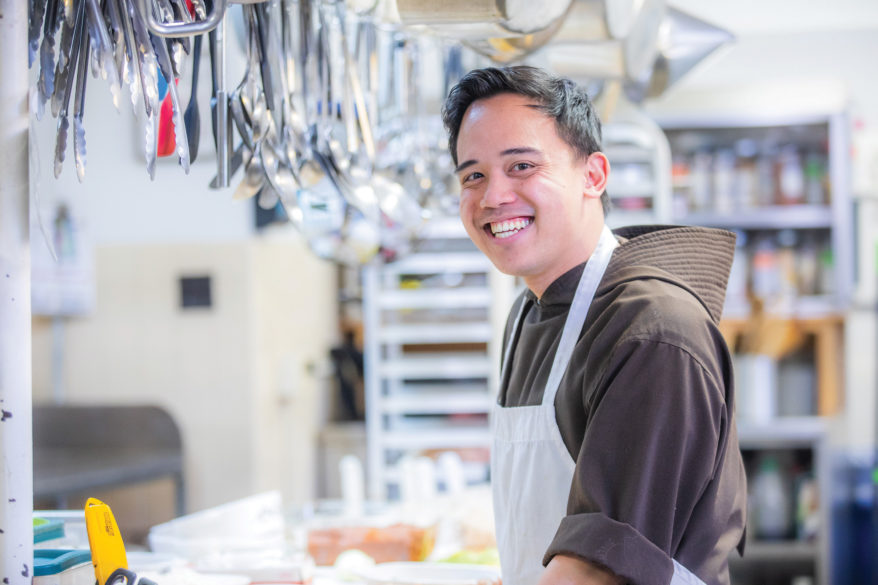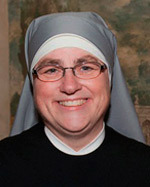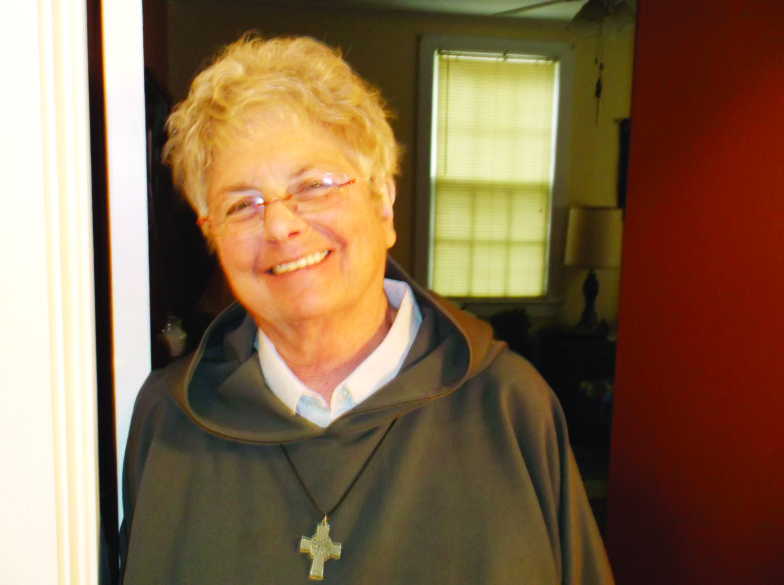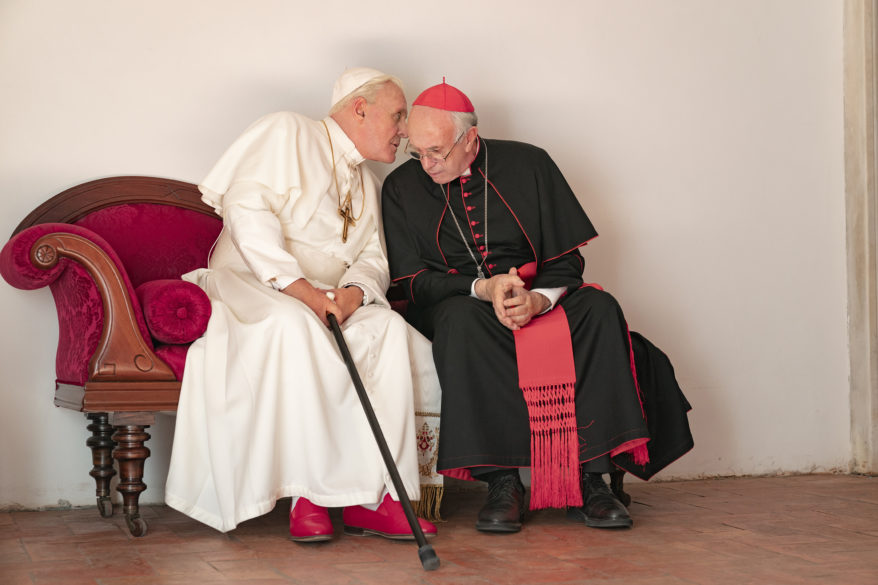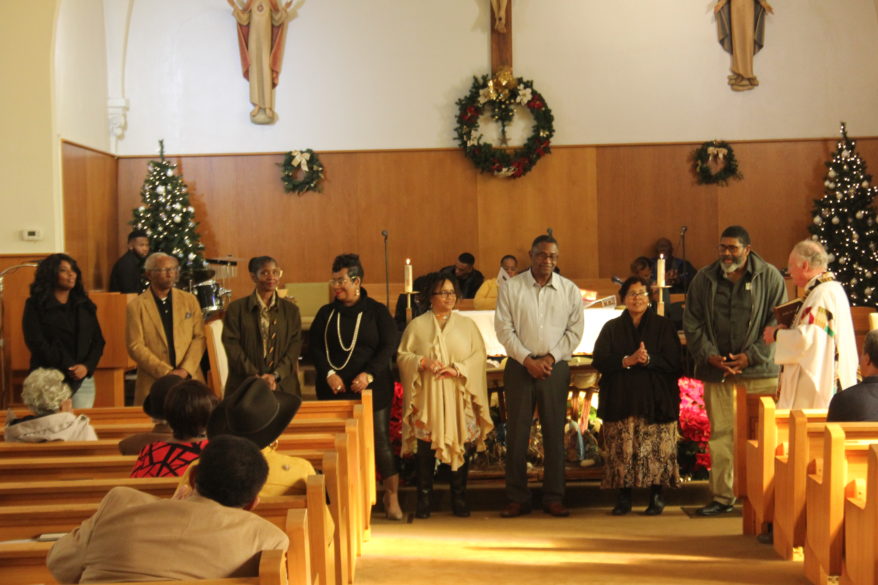SPIRITUAL ENRICHMENT
NEW ORLEANS, La. Notre Dame Visit, Pre-discernment trip, Jan. 31 – Feb. 2. While on campus, the men will hear talks about discernment from Father Jim Wehner, rector, take part in a Bible Marathon campus, enjoy community life and witness a beautiful liturgy on the Feast of the Presentation of the Lord. Details: Father Nick Adam frnick@saintrichard.com or (601) 366-2335.
PARISH, SCHOOL AND FAMILY EVENTS
AMORY St. Helen, Spirit of Mississippi Women’s Retreat, Feb. 14-16 at Sacred Heart Monastery in Cullman, Ala. This retreat is for the women of the parish. The cost is $200 for a double room and scholarships are available. A deposit of $50 is due by Feb. 1 to Carlos, Ann or Chris. Details: church office (662) 256-8392.
CLEVELAND Our Lady of Victories, Knights of Columbus Spaghetti Dinner, Thursday, Feb. 13 from 4-6:30 p.m. at the KC Hall on Highway 8 West. Eat in, take out or drive through. Details: church office (662) 846-6273.
GREENWOOD St. Francis, 34th Annual Mardi Gras Ball, Saturday, Feb. 1 at Jackson State University E-Conference Center, 1230 Raymond Rd., Jackson at 8 p.m. Cost: Tickets are $30. Details: contact any member of the Knights of Peter Claver, Ladies Auxiliary Court #199 or email maxiemsdelta@hotmail.com or the church office (662) 453-0623.
HERNANDO Holy Spirit, 2nd annual Spaghetti Dinner, Friday, Feb. 7 from 4-8 p.m. Cost: adult plate $10 and kids 12 and under $5 per plate. Details: church office (662) 429-7851.
MERIDIAN Catholic Community of St. Joseph & St. Patrick, Mary: Unveiling Scripture and Tradition, Thursdays, Feb. 6 through March 26 from 6:15-7:30 p.m. Ken Woodward facilitates the Augustine Institutes new Lectio program. Details: Mary Billups to register and reserve study guide at (601) 693-1321 ext. 8.
NATCHEZ St. Mary Basilica, ChristLife Part 2: Following Christ, Sunday evenings beginning Feb. 16 until April 5, beginning at 5:30 p.m. and ending at 7:15 p.m. meeting for eight weeks. It is for any Catholic Christian. Those who are at the beginning of their spiritual journey will learn the tools to grow in faith and grace. Those who are further along the path to Christ will have the opportunity to share their experiences and practices to encourage others. Details: participants can register at christlifestmarybasilica@gmail.com by sending in name and phone number.
OLIVE BRANCH Queen of Peace, Calling all men, Saturday, Feb. 1 from 9 a.m. to 1 p.m. Just bring yourself to relax with the Lord Jesus Christ. Details: church office (662) 895-5007.
SOUTHAVEN Christ the King, Calling all women, Morning of Spirituality, “How do we call others to holiness?” Saturday, Feb. 1 from 9 a.m. to 1 p.m. Lunch will be provided. Details: church office (662) 342-1073.
YOUTH BRIEFS
COLUMBUS Annunciation School, Parade to honor our Military, Tuesday, Jan. 28 at 9:30 a.m. Details: Katie Fenstermacher at (552) 328-4479 or marketing@annunciationcatholicschool.org.
JACKSON St. Richard School, Knights of Columbus Free Throw Championship, Saturday, Feb. 8 at 10:30 a.m. in the gym. The contest is open to both boys and girls ages 9 to 14. They do not have to be a student at St. Richard School. There is no charge to sign up and entry forms are available in the church office. Refreshments will be provided. Every participant will receive a certificate and the winners receive plaques. Details: Rusty Haydel at (601) 953-9711.
St. Richard School, 7th annual Krewe de Cardinal, Friday, Feb. 21 from 7-11 p.m. at the South Warehouse in Downtown Jackson. Cost: General admission tickets are $50. Proceeds go towards playground upgrades for the upper elementary students. Details: school office (601) 366-1157 or www.strichardschool.org.
MADISON St. Francis of Assisi, Youth Retreat “Anchored in Hope,” Saturday, Feb. 22 from 9 a.m. to 6 p.m. for 7th – 12th graders from around the diocese. It will be led by the National Evangelization Team and will include witness talks by team members, games and fun activities, small group sharing, Mass and more. Details: church office (601) 856-5556.
St. Joseph Catholic School, Bruin Break Tour Day, Tuesday, Jan. 28 from 10 a.m. to 2 p.m. They are known for their incredible faith-infused art, academics, theater, music and athletics. Details: Tricia Harris, Advancement Director at (601) 898-4803 or tharris@stjoebruins.com.
MERIDAN St. Patrick School, Countdown 2020, the school’s biggest fundraiser of the year, Friday, Feb. 21, 2020 at 6:30 p.m. in the Family Life Center. It will include Dinner, 50/50 drawings, silent auction, wine pull and live music. Wine and spirits will be available. Cost: Tickets are $100 each and may be split. Details: Tickets are available from any St. Patrick school advisory council member or the school office at (601) 482-6044.
NATCHEZ Cathedral School, Open Enrollment for the 2020-21 school year. Applications are available at www.cathedralgreenwave.com or at the schools. Details: school office (601) 442-2531.
St. Mary Basilica, Save the Date, Mother-Son Mardi Gras MOMbeau, Friday, Feb. 7 from 6-8 p.m. at the O’Connor Family Life Center. Cost: Advanced tickets are $20 (by Feb. 1) or at the door for $30. Proceeds benefit St. Mary youth programs Pre-K3-8th grades. Details: Carrie Lambert at stmaryyouth@cableone.net or the church office (601) 445-5616.
PEARL St. Jude, Alive in You – Catholic Conference and Service Camp, July 14-19. Youth currently in grades 7-12 enrolled and participating in Sunday School at St. Jude can attend. Total cost: $340 (includes meals and lodging). If your child would like to participate, but finances are an issue, please contact Stacy. Details: Stacy Wolf, DRE or Mara Villa or Elizabeth Walter, Youth Ministers at the church office (601) 939-3181 or www.aliveinyou.com.
